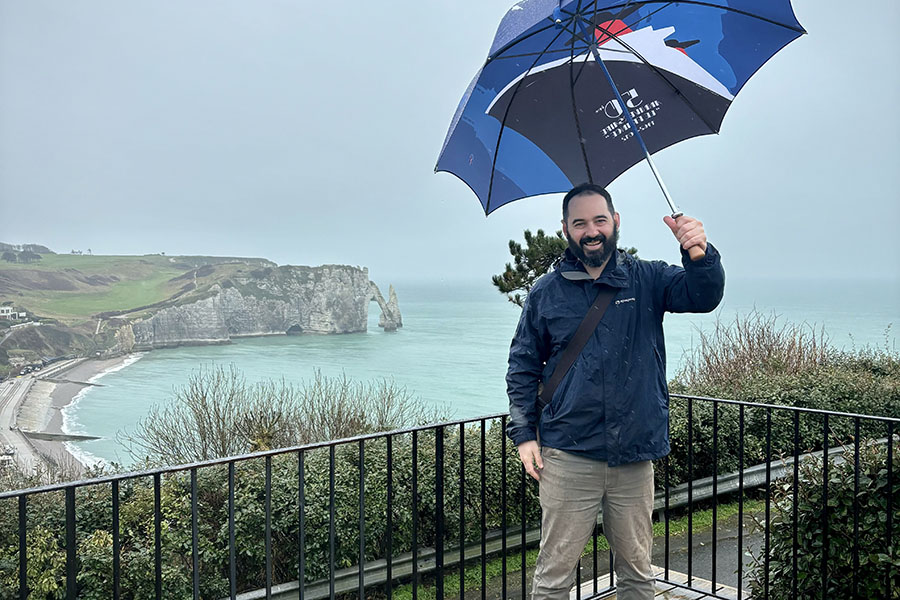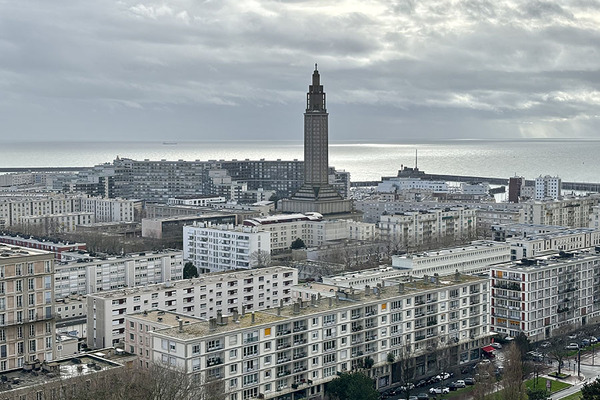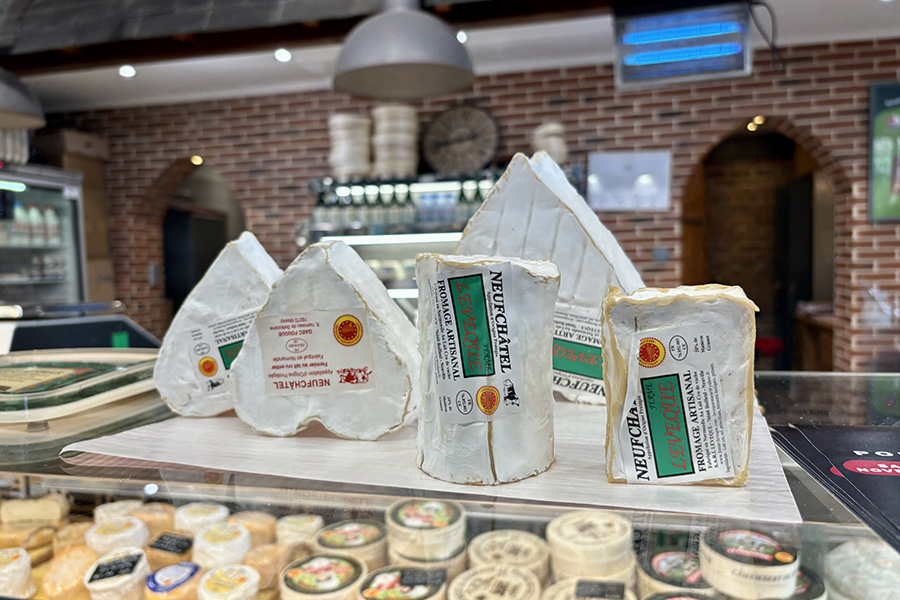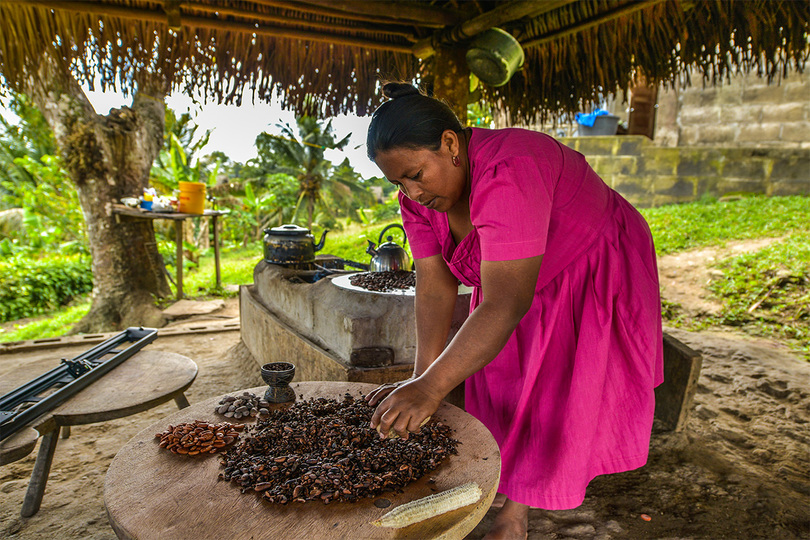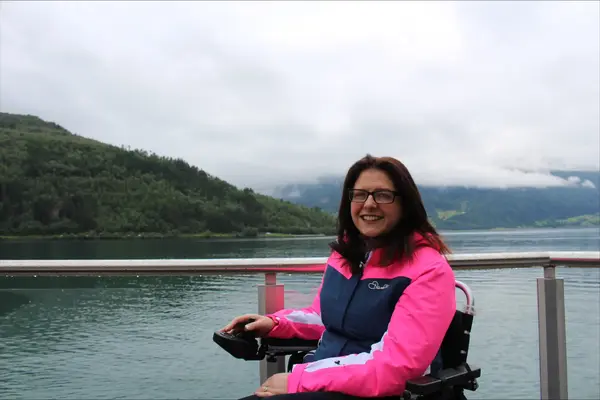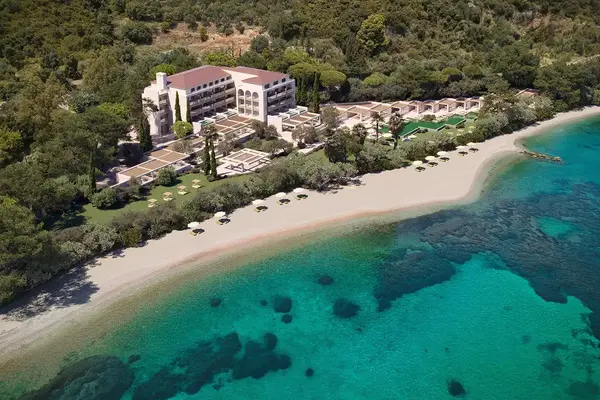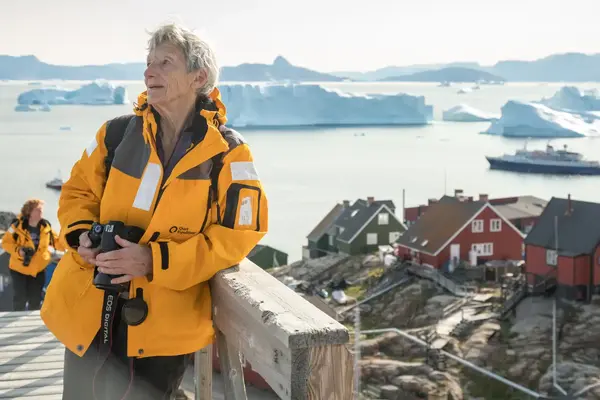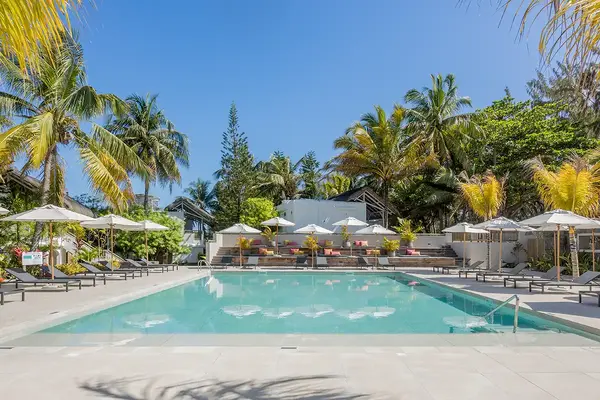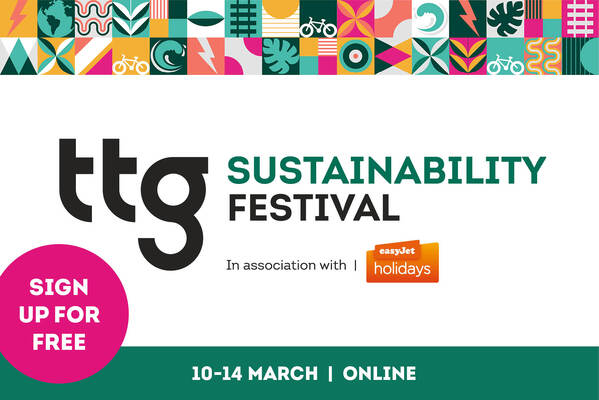The art-splashed corner of France that makes a big impression
This year marks the 150th anniversary of Impressionism, which changed art for ever. Here’s how your clients can follow in the footsteps of the Impressionists on a tour from Paris to Normandy’s cinematic coast
After laying eyes on painting number 98 at the First Impressionist Exhibition in Paris in April 1874, art critic Louis Leroy commented: “Impression, I was certain of it. A preliminary sketch for a wallpaper pattern is more finished than this seascape.”
His withering words were later published in a Parisian magazine and, although he didn’t know it at the time, Leroy had unwittingly coined the term “Impressionism”.
Some 150 years later, I’m standing downstairs at Paris’s Musee Marmottan Monet looking at that exact same painting that so baffled Leroy. It’s displayed separately from other works, with some people sitting and staring
in quiet reverence.
Painted in 1872, Impression, Sunrise by Claude Monet is an ethereal, loosely brushed depiction of Le Havre’s industrial port with a blood-orange sun reflecting on the water. These days, it’s considered the work that encapsulated the Impressionism movement.
But while displayed in the French capital, Impression, Sunrise was – like so many great Impressionist works by contemporaries like Degas, Renoir and Cezanne – painted in Normandy. So in honour of this landmark moment in art, a wide-ranging programme of events and exhibitions is taking place across the region in 2024 to celebrate the 150th anniversary.
Following the River Seine out of Paris, I take a meandering two-hour train ride west to Le Havre on the English Channel and visit the exact spot at the city’s sprawling port that Impression, Sunrise depicts. The dreamy scene Monet painted has been replaced by a modern working port with huge, hulking container ships and whirring cranes underneath a flat grey sky, and behind me the excellent Museum of Modern Art (MuMa) displays the most Impressionism works outside of France’s capital.
HISTORIC SIGNIFICANCE
Le Havre is a strange place. Bludgeoned by Allied bombs aimed at Nazi positions during World War II, its town centre was entirely rebuilt during the 1950s and 60s in an orderly, Modernist style that’s not initially easy on the eye, though its back story is compelling. And my thoughts about Le Havre’s post-war appearance only intensify with this year being the 80th anniversary of the D-Day landings that took place around 100 miles south-west of here, along the coastline north of Bayeux.
This city is flanked, however, by two of Monet’s favourite spots and that’s where I’m headed next. I’m greeted by curtains of rain and powerful gusts as I walk up the hillside north of Etretat’s beach, but when I turn around it’s all worth it.
From up high, there’s a fabulous view toward the town’s famous chalk arch and needle rock formations that would be stunning in any weather. Monet was a regular visitor here in the late 19th century and painted this dramatic coast more than 100 times, precisely because the constantly changing conditions added so much atmosphere to his work.
MEANINGFUL LOCATIONS
Down on the waterfront, panels displaying his colourful paintings contrast against the high chalk cliffs in the distance while waves rage against their rocky outcrops. Etretat is tiny however, and just south of Le Havre across the Seine estuary sits Honfleur, another treasured Impressionist haunt with its delightful cobbled medieval streets.
With Honfleur’s distinctive timber-framed houses lining the gentle harbour scene and busy bistros perfect for watching the world go by on cobbled streets, it’s unsurprising that the town forms part of Riviera Travel’s Highlights of Normandy tour package.
“Our five-day Highlights of Normandy: Monet’s Garden, Rouen and Honfleur escorted tour pays homage to the birth of Impressionism,” says Joanne Lynn, head of product – short haul at Riviera Travel.
“As with many of our tours of a similar nature, we are seeing demand soar for holidays that allow guests to explore historic, meaningful locations, with everything taken care of, including hand-picked accommodation in the best locations, transfers and the services of a tour manager throughout.”
Normandy is pierced by the serpentine Seine River, and so I follow it back east to the historic city of Rouen. Cartoonishly pretty thanks to over 2,000 pastel-coloured half-timbered townhouses flanking its medieval streets, Rouen’s cityscape is dominated by the soaring charcoal-black central spire of its tri-tower cathedral – France’s tallest at 151 metres. And it was this cathedral’s intricate facade that fascinated Monet towards the end of the 19th century, so much so that he painted it more than 30 times, often in different light conditions forming an almost ghostly appearance.
“Monet wanted to catch something that was impossible to catch,” explains my guide Frederic Furon as we tilt our heads up toward the facade and the rocket-like spire during a walking tour of Rouen. “In the morning, with a mist in the air, there were different kinds of colours. What he displayed was not a church or architecture. It was an atmosphere.”
FESTIVAL OF ART
And he’s right. The Impressionists had no interest in painting exact replicas of the scenes they saw. The new medium of photography could now do that. Their loose and hazy brush strokes were their interpretations, their impressions.
I meet Philippe Platel, director of the Normandy Impressionist Festival (running until 22 September) who expands on this a little further.
“Here in Normandy, we’re explaining to visitors how photography freed the painters to show reality in a very photographic way,” he says over a coffee in Rouen’s quaint Place de la Pucelle.
He’s referring to the Photographier en Normandie exhibition at MuMa in Le Havre, but there’s plenty happening here in Rouen too throughout the year. Artist Bob Wilson’s Cathedral of Light show will splash the Cathedral’s facade with colour and music all summer long, while David Hockney’s Normandism exhibition at the Musee des Beaux-Arts is a riot of gaudy landscapes and playful portraits.
“This festival is unique in the French cultural landscape and it’s the only one taking place across a whole region. Here we have contemporary art, dance, opera, music and cinema,” says Platel.
Riviera Travel’s tour finishes with a visit to Monet’s garden in Giverny, where he painted his Water Lilies series – arguably the most well-known in his impressive canon of work. My own journey ends back amid the bright lights of Paris. But while this is where the Impressionists finally made a name for themselves, it was Normandy’s genteel countryside, quaint villages and gorgeous coast that was their true canvas. So follow the Seine and see this fine corner of France through their eyes.
Book it: Riviera Travel’s Highlights of Normandy tour offers four nights in four-star accommodation with a programme of daily tours and visits starting from £669pp, including return Eurostar and transfers; rivieratravel.co.uk
Normandy snapshot
Smarter: Given the artistic theme, autumn is a particularly alluring time of year for a trip like this, with bursting colours and fewer tourists making it an all-round winner.
Better: Emphasise how great the food is in this corner of France, even if clients aren’t on the Signature Tour. So look out for markets each day, such as the fabulous cheese and produce stalls in Rouen’s Old Market Square; en.normandie-tourisme.fr
Fairer: Taking the Eurostar is a much more sustainable (and enjoyable) way of getting to France than by air. In fact, the carbon footprint of travelling by Eurostar is 95% less than flying; eurostar.com
